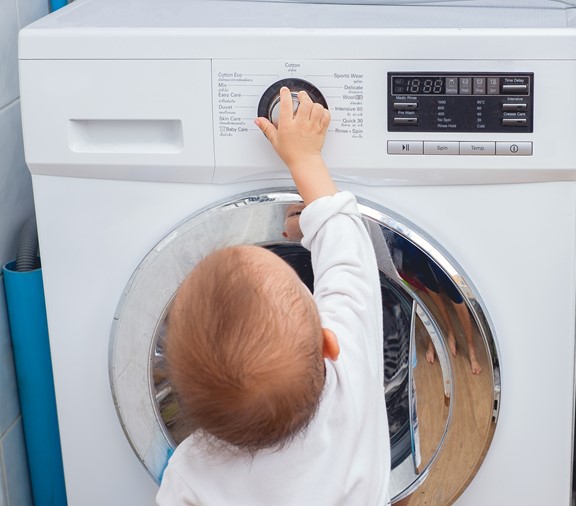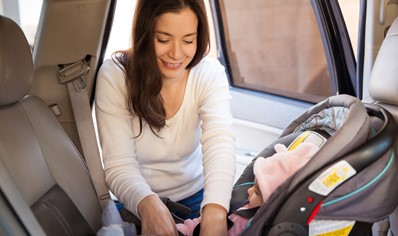
A Pediatrician’s Tips for Childproofing Your Home
June 28, 2023
If you’re like most families, you spend more time at home than anywhere else. So it’s no surprise that many childhood injuries, from cuts and scrapes to burns and falls, happen there.
The good news is, with a little planning and effort, you can childproof every room in your home. Learn how with these tips from Dr. Sheila Capre-Franceschi, MD, a board-certified pediatrician in North Texas.
Safety Tips for Every Room in the House
Even before they start walking, your babies and toddlers can move very quickly as they crawl to explore the house. Keep small choking hazards, such as buttons and coins, off the floor.
Many love to go up and down the stairs, so place gates at the top and bottom to prevent falls.
Also, be sure to supervise them carefully around any water, even small amounts in the bathroom. If you live near pools, ponds, or other standing water, be especially careful that young children are not alone near them.
Watch this video for more safety tips from Dr. Sheila Capre-Franceschi.
How to Prevent Accidental Poisoning at Home
From laundry cleaners to adult medications, there are many products in the home that can poison a young child. Prevention is the best cure, so be sure to keep these products out of reach.
One tip is to use locks on all cabinets at floor level, especially those that store cleaning products. Also, keep health and beauty products, such as mouthwash and nail polish remover, in a high cabinet.
Another good idea is to know the poison control phone number—1-800-222-1222. In addition, post it on the refrigerator so you have it ready in case of an emergency.
Dr. Sheila Capre-Franceschi provides more important information about preventing poisoning in this video.
Preventing Kitchen Accidents and Injuries
Kitchen tools and activities can lead to many different types of childhood injuries, from cuts to burns to falls.
Whether you are preparing a quick snack or cooking a full meal, be sure to keep young children away from the stove and oven. Turn all handles on hot pots or pans toward the inside of the stove, so they cannot be reached and pulled toward the floor.
Accidents can happen in the blink of an eye! When you are carrying heavy bowls full of hot food or liquids, walk carefully. Babies, toddlers or other small children might be on the floor, near your feet.
Dr. Sheila Capre-Franceschi shares additional kitchen safety tips in this video.
Safety in the Nursery and Bedroom
One of the most important ways to keep your newborn or baby safe is to set up the correct sleeping space.
First, always place your baby on their back to sleep. They should sleep in a firm crib, near your bed but not in it.
Remove all objects from the baby's sleep area, including blankets, pillows, and toys. These items can become wrapped around your baby’s neck, or block their mouth and nose.
Babies can roll off a changing table, so stay close by at all times while changing their diaper or clothing. Last but not least, if your child has a toy box, remove the lid to prevent accidents.
Preventing Electrocution and Electric Shock
Another hazard in the home is electricity. When it’s used near water, such as the kitchen, bathroom, or near a pool, your child can be accidentally shocked or electrocuted.
To prevent this, never use plugged-in toys or devices near the bathtub or shower. Cover all electrical outlets, and don’t overload them—this can cause fires. If you see exposed wires, call an electrician immediately.
Get in the habit of unplugging appliances to prevent children from turning on vacuums, toasters, and other devices. Last but not least, keep appliance cords off the floor—loose wires and cords are tripping hazards.
Remember, a little effort can go a long way to preventing serious accidents injuries at home.
Complete your annual Health Risk Assessment—earn $20 in Parkland rewards!
As a Parkland Community Health Plan member, you can earn reward points for completing certain wellness activities. Then, you can spend those points on items in the Rewards Catalog.
Want to earn $20 in rewards points?
Simply complete a yearly Health Risk Assessment in the Member Portal. You will receive your reward points in approximately three months.
Call 214-393-7003 (TTY: 1-800-735-2989) to learn about the Parkland Health Risk Assessment reward.

